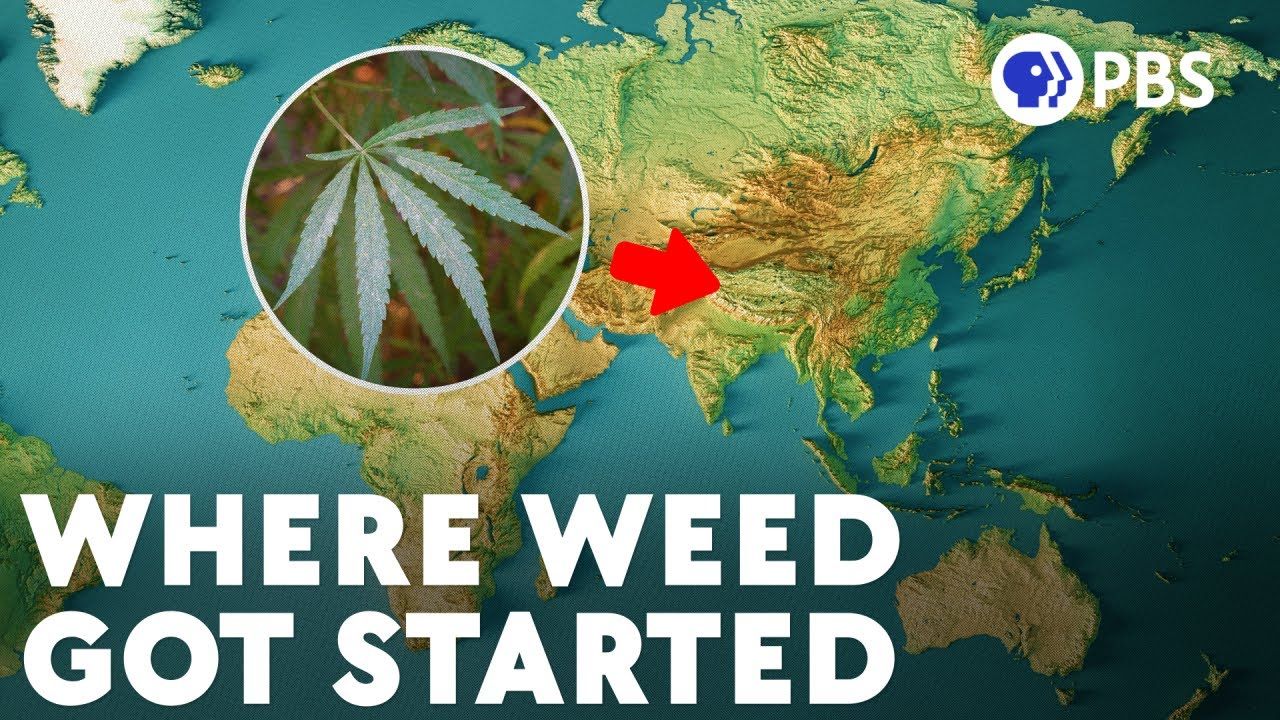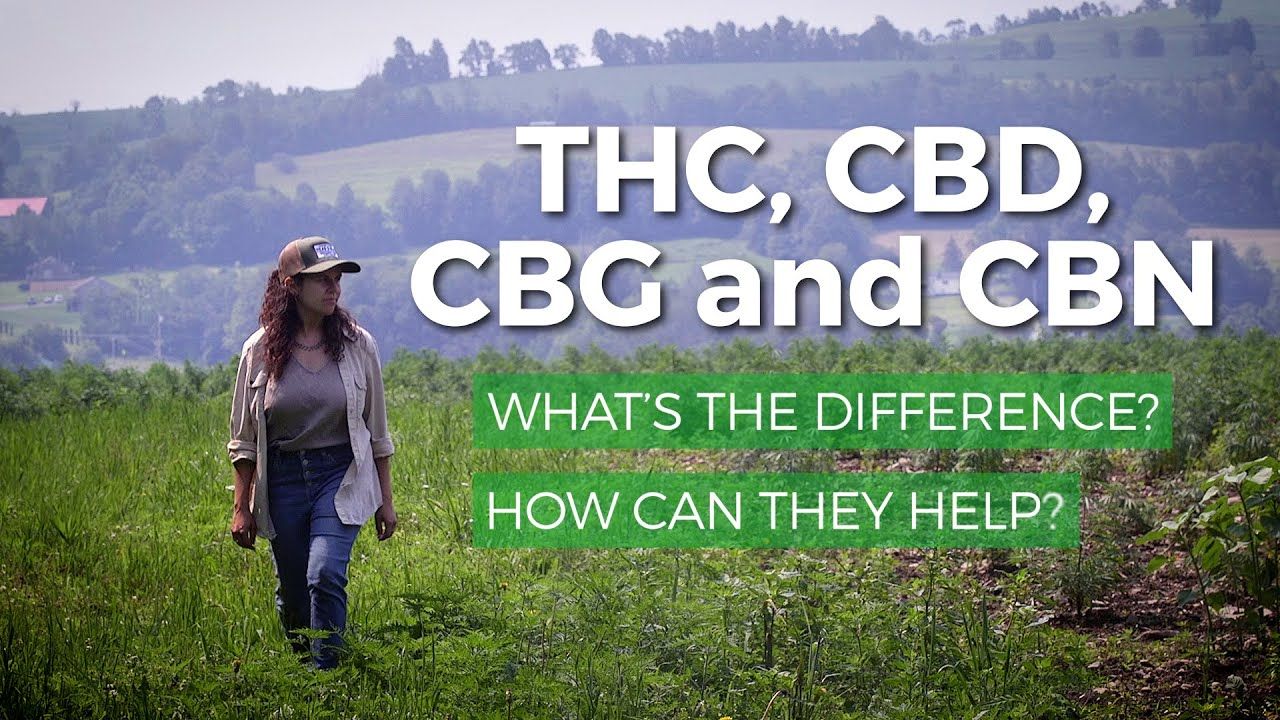The Untold Story of Cannabis Cowboys in the Wild West
Written by thcscout on . Posted in Facts. No Comments on The Untold Story of Cannabis Cowboys in the Wild West
The Virginia Company, which oversaw Jamestown, directed landowners to cultivate and send 100 hemp plants to support England’s needs. Over time, colonists expanded hemp farming to bolster England’s presence in the Americas. Cannabis cultivation played a crucial role in shaping the early days of what would become the United States. Even George Washington grew hemp at Mount Vernon as one of his primary crops. During the 18th and 19th centuries, hemp was extensively utilized for producing rope and fabric across the United States.
After cannabis reached New England in 1629, it remained an indispensable crop in North America from that point until after the Civil War.
Hemp was a cornerstone of both colonial life and the early economic strategies of the United States. In 1775, Kentucky began cultivating hemp, and by the 19th century, large-scale hemp farms had emerged in states like Mississippi, Georgia, California, South Carolina, and Nebraska. Beyond its industrial uses, cannabis gained recognition in medicine. By 1839, Irish physician William O’Shaughnessy introduced cannabis to Western medicine after observing its medicinal applications in India. He demonstrated its effectiveness in alleviating muscle spasms and pain, as well as treating conditions like migraines and sleep disorders. Cannabis quickly became a common remedy for pain relief until aspirin’s invention later diminished its prominence.
During this period, efforts to regulate medicine sales intensified. States enacted laws to address issues such as mislabeled drugs, undisclosed narcotics in medicines, and improper sales practices. These regulations often required clear labeling of dangerous substances or restricted their sale to licensed pharmacies with a doctor’s prescription. Some laws also prohibited selling these medicines to minors and limited prescription refills. These measures aimed to ensure consumer safety while controlling the distribution of potentially harmful drugs like cannabis.
In a bulletin from the United States Department of Agriculture during this period, it was reported that 29 states had enacted laws concerning cannabis. States such as Wisconsin and Louisiana mandated a doctor’s prescription for cannabis sales, while others, including Nebraska and New York, required labeling but did not list restricted drugs. In New York, cannabis was initially classified as a poison under a law passed in 1860 after several suicides were linked to substances later deemed poisons.
Please like, subscribe, share the video if you like it with friends who have the same interests as you, and ring the bell to get notified of our latest videos so you don’t miss the exciting stories.
https://www.youtube.com/@UCPVi4Mv4eSBjYhFIg3uqTgg
—————-—-————————————————————
Do not forget to click
https://www.youtube.com/@Historybitee
More Videos About Old West
10 Horrifying Ways People Died on the Oregon Trail | Shocking Old West Facts
https://youtu.be/EwnkB08mrOc
7 Horrifying Realities of Traveling the Old West by Covered Wagon
https://youtu.be/T1u9maOjSl4
The Harsh Truths About Life on the Oregon Trail Facts from the American Old West
https://youtu.be/h8pOD4HGAuo
—————-—-————————————————————
#oldwest #wildwest #civilwar





